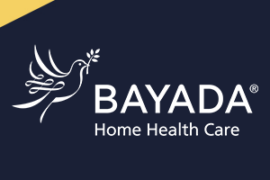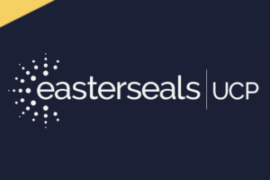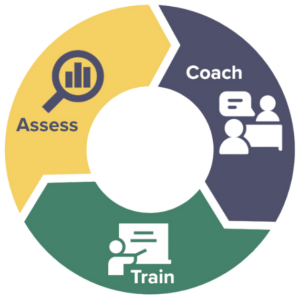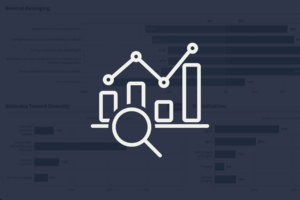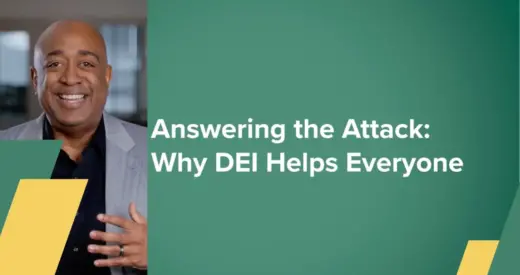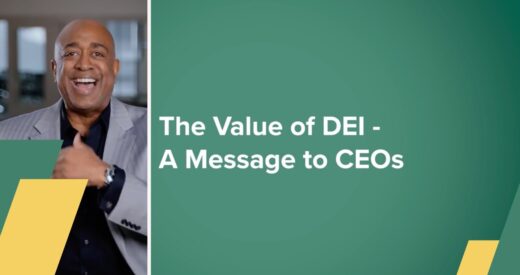An effective diversity, equity, and inclusion (DEI) strategy should include everyone, even those who might be critical of an organization’s DEI efforts. DEI advocates will be more likely to gain support for their initiatives if they can communicate how their efforts align with the company’s business goals, how they will help all employees, and how each individual will benefit.
Leaders should invite everyone to work together to create a welcoming workplace. Efforts should be made to engage DEI skeptics and critics, even though these conversations can be challenging. DEI resistance is common and complicated, so it’s better to prepare for these tough conversations instead of being caught off-guard. By engaging skeptics instead of dismissing their concerns, you will ensure that everyone has a role to play in creating a more diverse, equitable, and inclusive workplace.

These 10 common questions are just a few of those we’ve heard in our interactions with more than a hundred organizations from a variety of industries.
1) Why are we doing this? I’m already busy, and I don’t have time for this “extra initiative.”
Leaders should communicate early and often how their planned DEI initiatives are aligned with the overall mission and values of the company. Included in the message should be how increased diversity and inclusion can drive long-term business growth and increase opportunities for everyone, a fact supported by statistics proving the business case for DEI. The most successful DEI initiatives are integrated throughout the organization, not separate training exercises. For example, managers can be evaluated on their inclusive leadership skills, meetings can be led to give everyone a chance to share their ideas, and marketing teams can ensure their campaigns reach as large an audience as possible. When professional development is needed, effective training can be accomplished efficiently, in the flow of work.
2) Why are we still talking about DEI? Haven’t we talked about this enough since 2020?
With any DEI initiative, it’s vital to set realistic, measurable goals and reasonable expectations, which have to be openly communicated. Building an inclusive workplace culture takes time, and priorities change as personnel shifts and people’s understanding grows. A successful DEI strategy requires ongoing assessment, education, refocus, and communication about progress.
3) Why are we focusing on political issues at work?
The best way to respond to this question is to return to the bottom-line benefits of DEI. This proven business strategy helps organizations grow, creates excellent workplaces, builds lasting brands, and enables companies to sell more products and services. When DEI is integrated throughout a company, it also helps leaders attract and retain the best and brightest talent. There is nothing political about DEI.
4) Why do we have to hire someone diverse? We should just hire someone who is qualified for the job.
Yes, the most qualified candidate should be hired, and the recruiting process should be as fair and unbiased as possible in order to attract the best candidates. An intentionally inclusive hiring process should focus on skills and capabilities, mitigate personal biases, and identify any hidden favoritism. Every effort should be made to assemble a diverse set of final candidates, because a diverse workforce fuels productivity, innovation, employee engagement, and decision-making. From there, pick the most qualified candidate.
5) What will I gain from participating in DEI initiatives?
When communicating about DEI, it’s important to know your audience, understand their pain points and motivators, and identify what resonates with them personally. Senior leaders might be persuaded by data that shows how DEI improves profitability, productivity, employee turnover, and engagement. Middle managers might respond to an explanation of how DEI will make their work easier, more enjoyable, or more efficient. For individual contributors, a conversation about their daily work experience might gain their support. For example, explaining that inclusive language can improve customer service and help them get more tips is a powerful message.
6) I’m a Christian and politically conservative. Where can I use my voice?
Comments like these surface when people feel threatened or left out of the conversation. However, inclusive workplaces should welcome the perspectives and experiences of everyone. Diversity goes beyond race and gender to include age, ability, learning style, education level, class, national origin, veteran status, religion, and more. These intersectional qualities help everyone in the workplace find ways to connect with each other, build trust, and forge strong relationships that lead to high-performing teams.
7) What about inclusion for everyone else? Where are the ERGs for the White men?
Sometimes, White men don’t think they are included in DEI efforts, and many see DEI initiatives as taking away their opportunities or status. Again, it’s vital to include everyone’s perspective and provide an avenue for honest conversations. Employee resource groups (ERGs) increase employee engagement and belonging, and people should be welcome to participate as allies, even if they don’t share the same demographic of the supported group. Additionally, ERGs can be set up around identities beyond race and gender. Generational ERGs, for example, bring senior employees and younger workers together for mentoring and team-building.
8) Why do I have to use pronouns I disagree with?
Using someone’s correct pronouns is part of inclusive language, which is a vital business skill. If you are a manager or leader, inclusive language – including correct pronouns – shows you care about and respect your employees. When you use the wrong pronouns – or make no effort to use the correct pronouns – you demonstrate that you don’t respect the other person or their identity. That person might interpret your actions as part of a toxic workplace, and feel that they have fewer professional opportunities because of their identity. They could quit, file a lawsuit or lodge a discrimination complaint – all potentially costing the company money and time, as well as reputational damage. Whether you agree with someone’s pronouns or not, the more important issue is making sure you as a leader are protecting the company and improving workplace culture.
9) Can I say anything anymore? Everyone is so sensitive about everything. Why can’t I say, “Hey guys” or “That’s crazy”?
While seemingly harmless, everyday phrases can reflect ideas and attitudes about who belongs and who doesn’t. “Hey, guys” reinforces the idea that men are the default or the “norm,” while “That’s crazy” reinforces mental health stigma. Making small changes to our vocabulary – using non-gendered terms like “friends,” “team,” “everyone” or exclamations like “That’s wild” or “Unbelievable” – signals an inclusive environment and boosts feelings of acceptance and belonging. By avoiding unintended slights, discriminatory terms and microaggressions, inclusive language makes people feel respected and valued, which in turn, creates an environment for great work.
10) Why do we have to accommodate different holidays, such as Juneteenth, Rosh Hashanah, or Ramadan? People can just take PTO if they want.
This question speaks to equity in the workplace, because employers shouldn’t favor one religion over another. Allowing employees a number of floating holidays that they can use as they wish ensures fairness for all religions and cultures in a diverse workplace. An inclusive company policy around holidays demonstrates a company’s commitment to inclusion and belonging.
Want to learn more strategies for turning DEI skeptics into supporters? See how we can help you navigate DEI resistance.
Amber Keister is a Content Strategist at The Diversity Movement. She has spent more than 20 years as a journalist for publications throughout the South. Connect with her on Linkedin.
